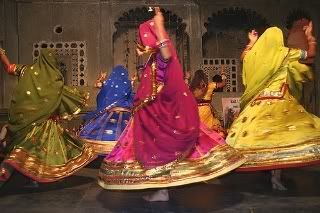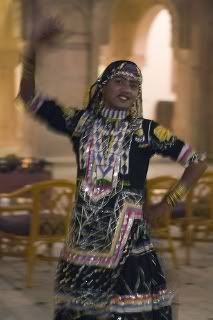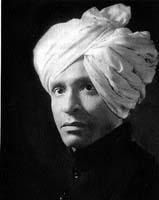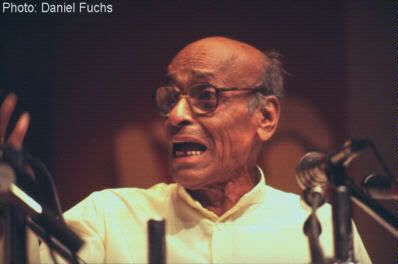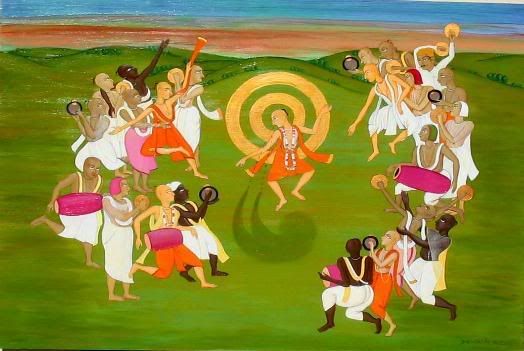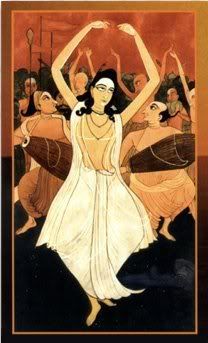
It does another thing to the files : it gives them unusually long names and an extension that confuses the person who is figuring out a way to download a music file. In the Internet Explorer Cache the files are seen as .gif files which normally are graphic images. The long names allotted to the files is probably to prevent the users from copying the files from the Internet Explorer Cache. A typical Imeem song has a name like this :
jnqaSyDSXHO13HPqVv...YsqZOQR3BtEZZ3TMO_pj6s9w.gif
With almost 200 or so more alpha-numeric characters in place of ... and in between.
Now a file name as long as this (it may even extend beyond your computer screen) usually freezes your computer when right clicked with the mouse (in your attempt to copy it) resulting into a system crash or forcing you to close the Windows Explorer. In other words downloading music from imeem.com is banned officially (or at a price).
So how to download from imeem.com ?? Follow some simple steps and you may be able to download from imeem.com :
As usual clean your Internet Explorer Cache thoroughly. For a detailed description of how to clean your Internet Explorer Cache read my previous post How to Download from musicindiaonline.com. Apart from the routine Start > Programs > Accessories > System Tools > Disk Cleanup, I would highly recommend to delete the mysterious index.dat files as well. Index.dat files are not easy to delete when Windows is running, and you will need a special tool for this. The best tool that is easily available and most importantly, a freeware is CCleaner (formerly known as Crap Cleaner).

A portable version of CCleaner is highly recommended which will spare you from the installation process. If you are comfortable enough with booting up your system into Safe Mode, then I have a little surprise for you : a nifty utility (only 3 KB) that I have devised for my personal use and which I am willing to share. Find the link in the sidebar of this blog or click here. Go through the Readme.txt file before using it.
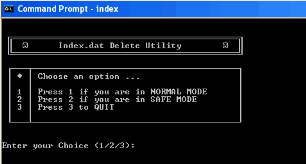
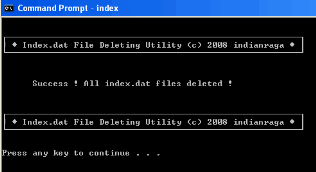
Once the index.dat files are gotten rid of you are left with only 4 sub folders in the Temporary Internet Files folder making it easier to find the music files.
Now go to Imeem.com and start playing the file that you want to download. At the same time go to Start > Programs > Accessories > System Tools > Disk Cleanup. Click on the View Files button on the next window. You will find the file in one of the 4 folders, growing in size as it plays on.

Once it has played its full length or when it stops growing in size and has buffered fully, you may rename the file by a 'delayed' double-click of the mouse (do not right click as it may freeze your computer), to a short name of your choice (e.g myfile.flv) with the .gif replaced with .flv as it's extension.

Copy (or Cut and Paste) the file in the folder of your choice and play it in a Flv Player. You may convert this file into a mp3 file if you wish using a file converter. I use SUPER for most of my converting jobs.
Enjoy !!

